Big Ideas About America’s Schools: Our 18 Most Discussed Essays of 2022
From learning loss, mental health & teacher shortages to child poverty, grade inflation & innovative schools, our year's most memorable commentaries
By Bev Weintraub | December 27, 2022Learning loss. Teacher shortages. The role of parents in their children’s education. Tutoring. Student mental health. The science of reading. Following the ESSER money.
There is widespread agreement about the nature of the challenges facing America’s schools, teachers and students as the country tries, gingerly and in fits and starts, to get back to normal after COVID-19. But as for what to do about those challenges, opinions are mixed — and more than a little contentious.
That tension has rocketed across our opinion pages this past year, fueling debate and perhaps (we hope) guiding discussion of the best ways to help kids, schools and educators recover as the pandemic finally recedes. Here are the top 18 essays we published this year:
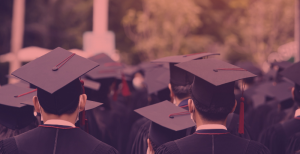
Schneider: Inside the New Data That Suggest American Education Still ‘Runs on ‘Lies’
Grade Inflation: In March, the results from the most recent High School Transcript Study were released — and unfortunately, wrote Mark Schneider, director of the Institute of Education Sciences, they support the charge that schools routinely mislead their students. Many data points, if they were true reflections of reality, “should lead us all to celebrate the success of our students” — but the evidence “shows a disconnect,” he writes. “We see ‘inflation’ in course grades and course titles but stagnation in student performance.”

Educator’s View — I Understand My Students Because I’ve Been There:
Child Poverty: When contributor Kristina Eisenhower was in fifth grade, her teacher told the class to bring in $1.25 for a pizza party. She couldn’t scrounge the money and was afraid to ask her father, who worked a 7-to-5 job and barely made ends meet. When she told her teacher she had only had 62 cents, she was sent to the cafeteria to eat lunch instead of celebrating with the class. Sixteen years later, that memory is still clear. But as an elementary school teacher in a Title I school, Eisenhower understands her students and their struggles. And no child who ever came through her classroom has ever had to miss a party, whether they brought money or not.
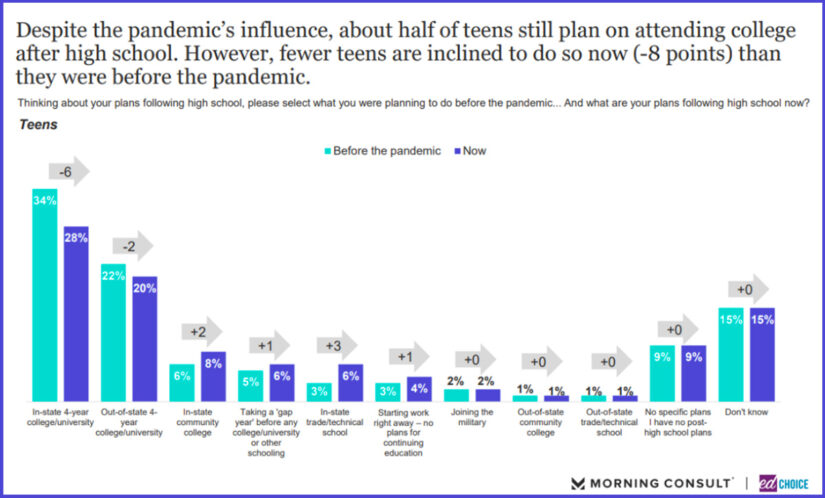
Teens Have Changed Their Higher Ed Plans — & Survey Shows They May Never Go Back
Postsecondary Education: A recent survey asked a representative pool of 1,000 teenagers to compare their post-high school graduation plans before the COVID-19 pandemic with what their intentions are now, two years later. Their answers should worry institutions of higher education — because the next generation appears less interested in the traditional college pipeline. Interest in enrolling in a four-year college dropped 14%. And those students may never come back. Contributors John Kristof and Colyn Ritter have the breakdown.
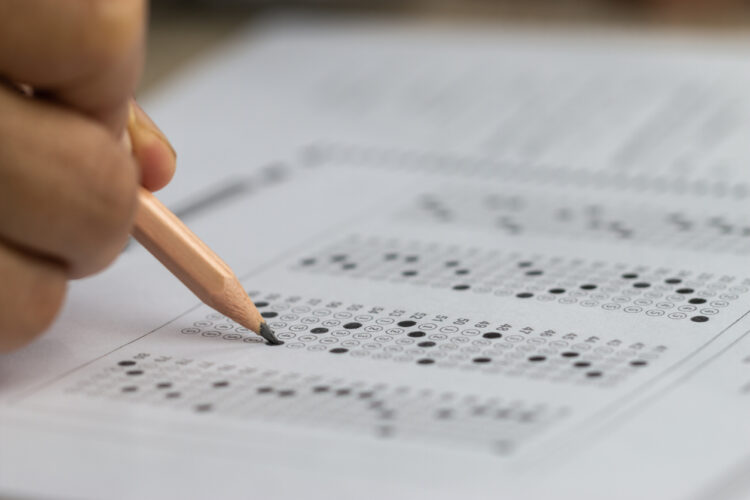
When Grades and Test Scores Don’t Add Up, Who Can Parents Trust?
Grade Inflation: Contributor Alina Adams’s daughter is a straight-A student at her New York City public high school. But on one of the two state Regents exams she took this year, she didn’t even score well enough to qualify for “mastery” of the subject. Adams’s daughter isn’t alone in this disconnect; it happens all over the country. Grade inflation has been a problem for decades, and with COVID canceling standardized tests, it’s gotten even worse. But those scores are a second opinion of sorts. They either confirm the teacher’s view of your child, or they should at least inspire parents to look closer.

How 232 Schools Across America Are Challenging 5 Big Assumptions About Education
Innovative Schools: Plenty of the challenges being confronted by schools, writes contributor Chelsea Waite, are actually enduring structural flaws that long pre-date COVID-19. “Fortunately, a diverse array of communities are working to reinvent schooling in pursuit of their visions for thriving young people and families,” Waite writes. “The learning environments they’re designing and redesigning don’t all look the same — in fact, far from it. But what they have in common is challenging key assumptions about schooling to create more equitable, joyful and responsive learning environments that reflect community values and priorities.” These learning environments are now the focus of a growing national effort called The Canopy Project — a dataset documenting the practices of 232 schools with lengthy track records of innovation.
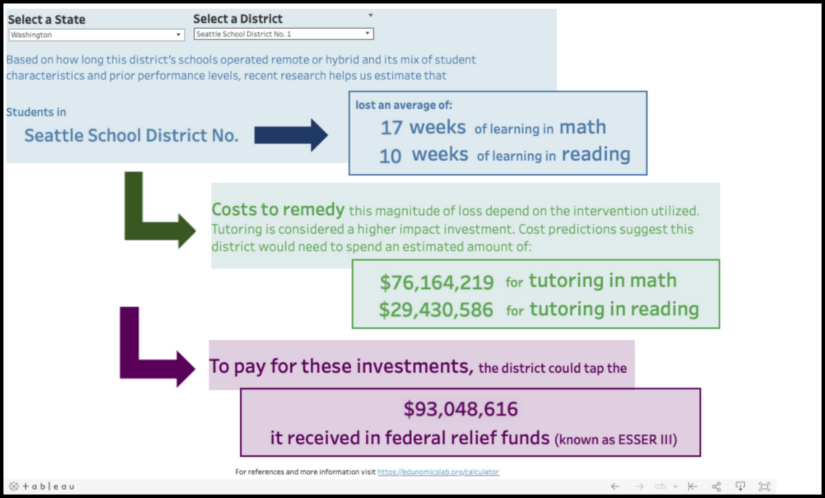
New Edunomics Calculator Estimates COVID Learning Losses by District, and Costs of Catching Kids Up
Learning Loss: Our friends at Georgetown University’s Edunomics Lab launched an eye-opening new tool that will allow parents and policymakers in 8,000 school districts to estimate how much help area students will need in recovering from COVID learning losses, how much that learning acceleration might cost in the form of tutoring, and how these costs compare with the federal relief funds recently distributed to the district. Read more about how these estimates are calculated, and give the calculator a spin for yourself — all you need is a state and district name.
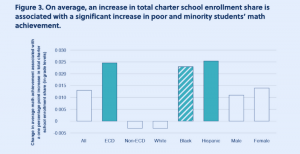
New Studies Show Charter Schools Drive Gains for All Public School Kids
Charter Schools: Thirty years ago, when the charter school movement was just getting off the ground, devotees of big-city school systems worried that these new options would drain critical funding, hurt the kids who were left behind and make a system in which race played a central but often unacknowledged role even more unjust. Yet, in recent years, it has become increasingly clear that concerns about charter-inflicted damage are misplaced — as demonstrated by a pair of new studies that find broad and statistically significant gains for all publicly enrolled students as charter schools expand. Contributors Michael J. Petrilli and David Griffith take stock of the new research.
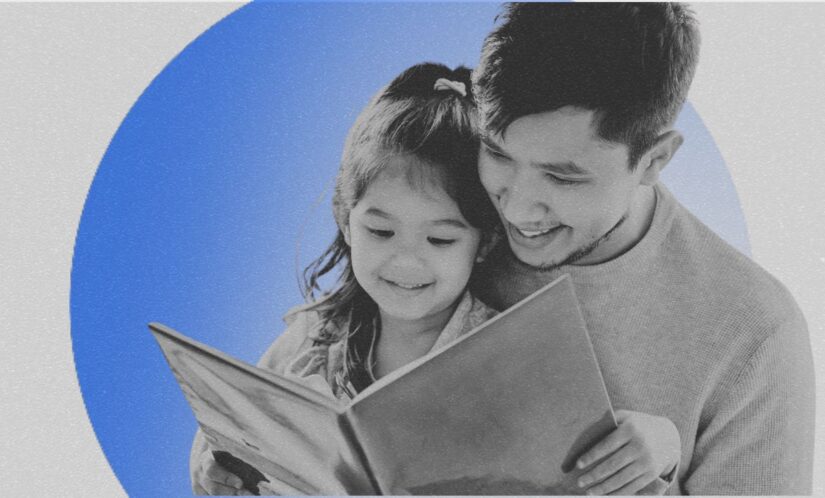
The Biggest Blind Spot in Education: Parents’ Role in Their Children’s Learning
Parents: The focus on tutoring, summer school and extended days to make up for lost learning reveals perhaps the biggest blind spot in education, says contributor Alejandro Gibes de Gac, because engaging families is the only wide-reaching, cost-effective and culturally responsive way to increase instructional time and accelerate learning recovery. Parent involvement is the most powerful predictor of kids’ academic success, yet policymakers and administrators focus almost exclusively on improving schools — where students spend just 13% of their waking hours. Ignoring the role parents play in their kids’ learning leaves the door wide open for inequity to run rampant.
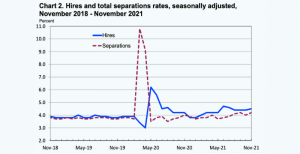
There Is No ‘Big Quit’ In K-12 Education — But Schools Have Specific Labor Challenges
Teacher Shortages: Economists have dubbed it the Great Resignation: millions of employees quitting their jobs to seek higher pay and better working conditions. Is this Big Quit happening in education? Says contributor Chad Aldeman, the data suggest the answer is no. While turnover rates are setting new highs in the private sector, they look pretty normal in public education. That doesn’t mean there are no labor challenges in K-12, but those issues are smaller in magnitude than what the private sector faces, and they are much more about specific schools and particular roles within schools. Districts, Aldeman writes, should respond accordingly with solutions — including those involving targeted pay hikes — tailored to the actual challenges schools face.

King & Davis: Science of Reading Gives Kids the Best Chance to Close the Literacy Gap
Science of Reading: The new NAEP reading scores showed that the need for immediate, effective action has never been more urgent. While districts invest their federal COVID relief dollars in expanded learning time and intensive tutoring, say contributors John B. King and Jacquelyn Davis, they must not neglect their collective responsibility to strengthen core instruction for all children. The best lever to accelerate learning in America is to use the science of how children learn to read. The human brain is wired to speak and absorb language — but not to read. Most kids need instruction in phonics, vocabulary and background knowledge to grasp the written word.

Grants to Expand Tutoring & Other Innovations for Students
Tutoring: Effective tutoring is one of the few educational interventions with a strong research base. The best approach: student groups of four or fewer meet multiple times a week with a trained and consistent tutor, using high-quality curriculum. But high-impact tutoring is hard to scale. How do you find enough skilled adults to work with millions of students in small-group settings? And how can schools know whether the high-tech tutoring products they buy are effective? In this essay, contributors Kevin Huffman and Janice Jackson describe a grant program that aims to promote effective innovative strategies for bolstering student learning.
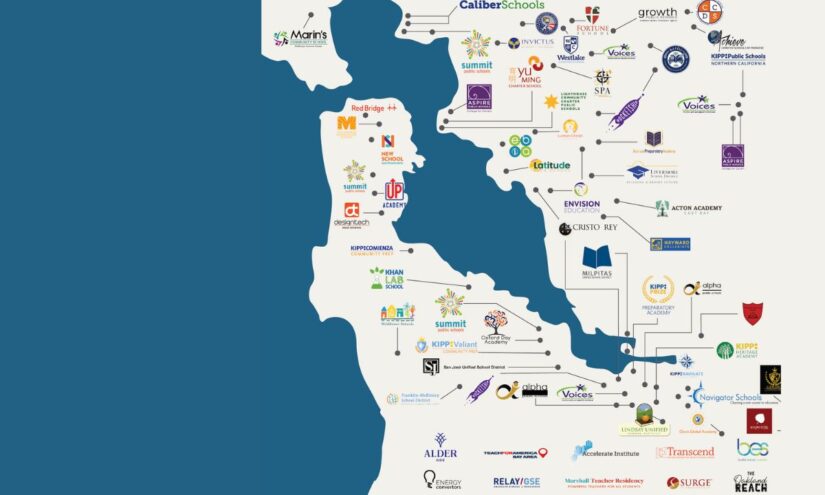
What if Innovation, Not More Educators, Is the Solution to the Teacher Shortage?
Rethinking Teaching: Amid the debate about looming teacher shortages, a fundamental point is missed, says contributor Brian Greenberg: Even if schools could go back to the old approach of a single teacher in front of a class, they should not. A better approach than the status quo is possible, and innovative educators are working on creative solutions that focus more attention on each student, expand the impact of the best educators and reshape the teacher’s role. Here, the CEO of the Silicon Schools Fund notes some advances worth paying attention to.
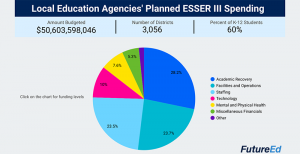
What Will $50 Billion in COVID School Relief Funding Buy?
Federal Relief Funding: Nearly a year after Congress approved $122 billion in COVID relief aid for elementary and secondary education through the American Rescue Plan, school districts and charter organizations have targeted their spending on three priorities: academic recovery, staffing, and school facilities and operations. A new analysis by FutureEd, an independent, nonpartisan think tank at Georgetown University’s McCourt School of Public Policy, is the first to detail how $50 billion in Elementary and Secondary School Emergency Relief funds (ESSER III) is flowing through 3,056 school districts and charter organizations educating 60 percent of the nation’s public school students. Contributors Bella DiMarco and Phyllis W. Jordan examine spending in seven major categories and 78 subcategories.
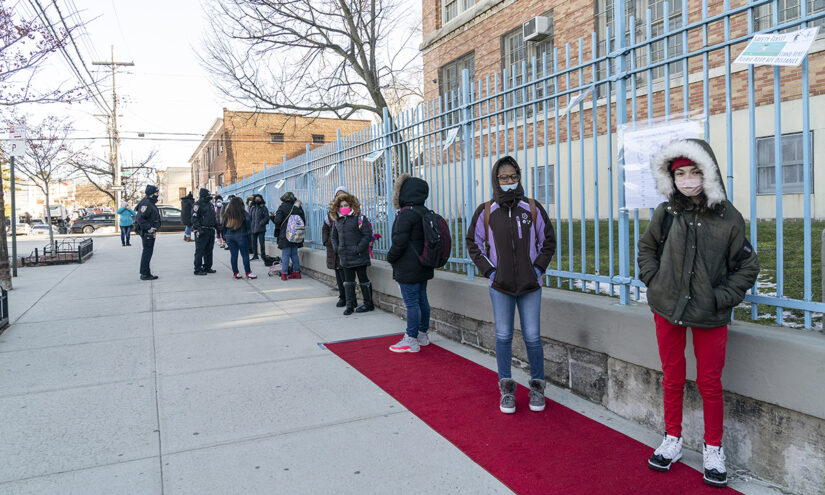
Parents Are Owed the Truth About Learning Loss. NAEP Proves It
Learning Loss: The new NAEP scores quantify how much of a catastrophe pandemic-era school policy and practice was. But too many leaders are not mustering the political courage to level with parents about the scope of the problem. Schools have obfuscated about what learning loss even means. Some states have dragged their feet on releasing test score data; in others, school officials minimize the exams’ importance. This new round of NAEP data, says contributor Andrew Rotherham, should end any hesitancy about telling parents where things stand and what must be done. It removes the last excuse for not providing an honest accounting — now.
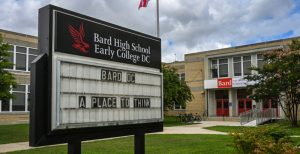
Time to Change the ‘When’ & ‘Who’ of College
Higher Education: While the pandemic accelerated the nationwide decline in college enrollment, the crisis has been building for decades. Even as a college degree has increasingly become a prerequisite for stable, living-wage jobs, the cost in both money and time has become more and more prohibitive. Addressing these fundamental failures, say contributors Dumaine Williams and Stephen Tremaine, means questioning some of the very fundamentals. For example: Why should a college education start at age 18, and only after a student graduates from high school? In this essay, the dean and executive director of Bard Early Colleges describe programs around the country that start low-income students on the path to college while still in high school and give them tools to help them persist through graduation.
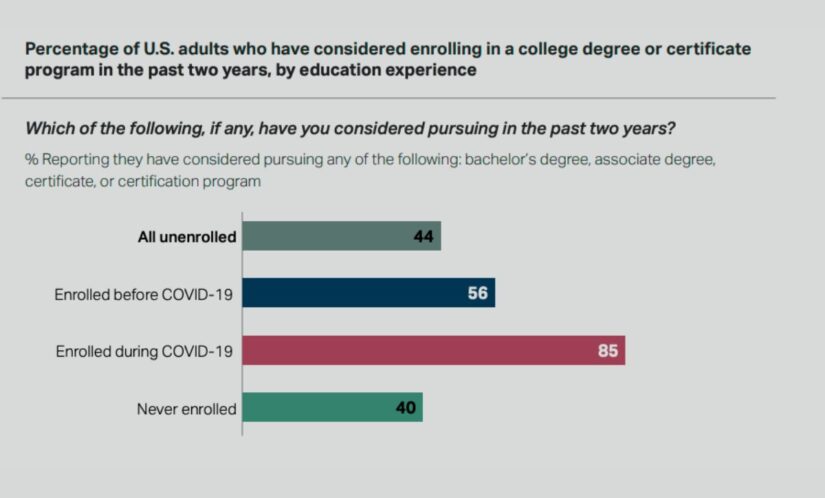
Most Students Who Left College During COVID Want to Return — But Many Can’t
College Pipeline: A National Student Clearinghouse report shows total post-high school enrollment fell by about 685,000 students in spring 2022. In the wake of COVID-19 losses and disruptions, U.S. colleges and universities have lost 1.3 million students over the past two years. Why? A recent Gallup-Lumina Foundation study shows that while there is great demand for and interest in higher education, many students can neither access nor afford it. In this essay, contributor Courtney Brown of Lumina sheds some light on these barriers — and what can be done about them.
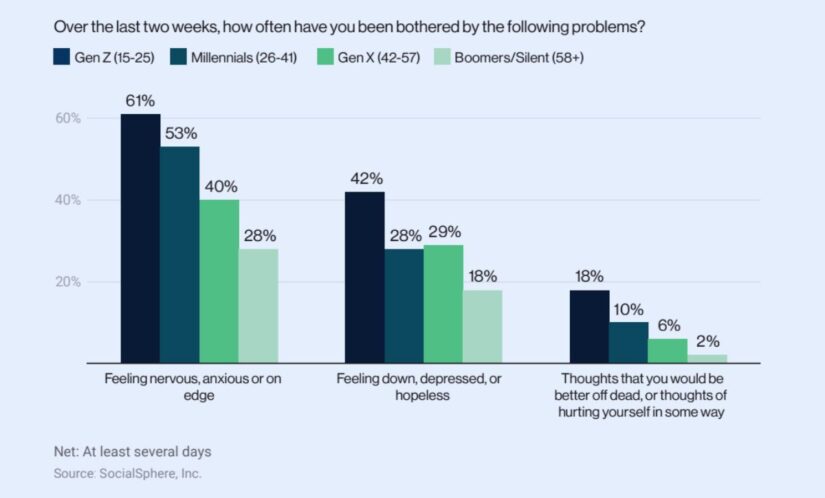
A Slow-Motion Crisis: Gen Z’s Battle Against Depression, Addiction, Hopelessness
Mental Health: The mental health crisis among America’s youth was a slow-burning fire that is now raging in the wake of COVID-19. New research from the Walton Family Foundation and Murmuration shows that more Americans born between 1997 and 2012 are grappling with depression, hopelessness, addiction and suicide than older generations. The symptoms often go unnoticed, revealing themselves in awkward dinner table silences and closed bedroom doors. But the pandemic has exacted a toll too heavy to ignore. Contributor Caryl M. Stern, Walton’s executive director, breaks down the numbers and points to some organizations with innovative ways to help.
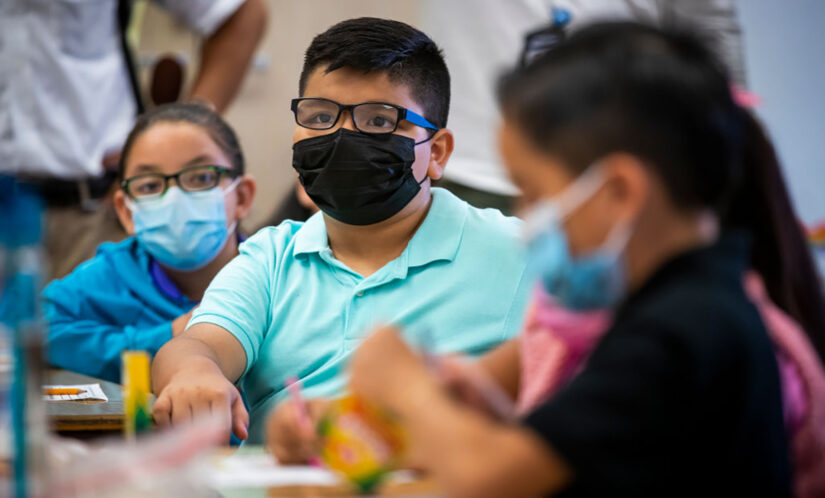
Latino Students Will Soon Be 30% of Public School Enrollment. Now What?
Bilingual Education: U.S. schools enroll more than twice as many Latino students as they did in 1995, federal data suggest, and by 2030, Latinos will make up roughly 30% of public school enrollment. These students bring a rich diversity and an array of strengths to the classroom, 74 contributor Conor Williams writes, but also a long history of being segregated and not well served. Williams suggests three ways educators can meet the needs of this rapidly growing student demographic: diversify the teaching force, ensure widespread access to bilingual education and prioritize their enrollment in early education programs.
Get stories like these delivered straight to your inbox. Sign up for The 74 Newsletter
